The Each One Teach One (EOTO) assignment was an amazing way to learn about the evolution of technology. Not only did the individual research portion provide a great opportunity to study a particular technology in depth, but the presentations were phenomenal summaries of all the key advancements. Students developed strong presentations highlighting key facts and filled with exciting visuals.
The students whose technology and presentation stood out the most to me were Ben Shelton and Sabrina Scardapane.
Ben’s technology was emojis. This immediately captured my attention because emojis aren’t what comes to mind when I think of technology, yet it's one I use every single day. Emojis are invaluable as emojis of faces can help convey emotions, tone, and therefore meaning through texts. This is essential because in text there is no longer the human aspect of verbal cues and facial expressions that can be relied on to interpret meaning, and emojis give some of this power back.
Emojis can also take the place of words such as a thumbs up that means “good” or a shrugging person that means “I don't know”. Emojis also developed their own language with emojis such as the fire one literally meaning fire, but more often means good/awesome or the peach emoji, which means something entirely different. Emojis are so advanced at creating complex messages that they can even be used to write entire books, as proven by the emoji adaptation of Moby Dick. This form of communication allows for quicker messages and responses as a single emoji is a lot quicker to type than the sentence which it replaces.
So how did emojis come to be? Listening to Ben’s explanation of the history of emojis shocked me. While debated if intentional, the first emoji on record was a “;)” used in 1862 by the New York Times in a transcript of President Lincoln giving a speech. In 1963 Harvey Ball created the “:)” emoticon which was a staple of Hippie Culture. However, the first official set of emojis was invented in 1999 by Japanese artist Shigetaka Kurita with his team at “I-Mode”.
From here the popularity of emojis bloomed, especially with Google’s and Apple’s added competition as they developed their own emojis. Today it is said 74% of people in the US regularly use stickers, or emoticons to accompany online communications. Seeing how heavily my friends and I use emojis this statistic was unsurprising. That said, I was amazed when Ben stated a single person uses an average of 96 emoticons or stickers per day and that the number is only expected to grow.
Sabrina’s presentation was another one with a huge impact. Similar to Ben, she presented on a technology I have not thought of as a technology. Her technology was the pencil . It is crazy to me there was a time where pencils weren’t considered an everyday household item rather a new and innovative technology.
Pencils were invented by Nicholas-Jacques Conte in 1795. Prior to the pencil, people used lumps of lead or silverpoint drawing techniques if they were an artist. Pencils also replaced quill pens, which many people were thrilled about as it made concerns about spilling ink a thing of the past. Pencils also formed clearer and darker lines.
Sabrina’s presentation was another one with a huge impact. Similar to Ben, she presented on a technology I have not thought of as a technology. Her technology was the pencil . It is crazy to me there was a time where pencils weren’t considered an everyday household item rather a new and innovative technology.
Pencils were invented by Nicholas-Jacques Conte in 1795. Prior to the pencil, people used lumps of lead or silverpoint drawing techniques if they were an artist. Pencils also replaced quill pens, which many people were thrilled about as it made concerns about spilling ink a thing of the past. Pencils also formed clearer and darker lines.
The pencils were made out of graphite, which looked like coal but had different properties. Unlike coal, it was soft and would not burn making it useful for writing once a holder for the graphite was born. Since graphite was so soft, it had to be kept in a wooden holder that efficiently fit the graphite, hence, the wooden pencil came into creation. In 1832, the first pencil factory opened under the name Banks, Son & Co; which later changed names to Derwent Cumberland Pencil Company.
Sabrina’s presentation consisted of a ton of fun trivia which made learning about the pencil enjoyable. She explained how the origin of the word pencil comes from the Latin word “pencillus” meaning “little tail”. The name was derived from its resemblance to a paint brush composed of camel hair. Moreover she throws in the tidbit that although the eraser was not added to pencils until 1858, they were still erasable. People were able to use bread crumbs to erase graphite! This is funny to me and I am very tempted to try breadcrumbs for myself. In all seriousness though, the eraser was another major advancement of the pencil compared to other forms of writing. It made making mistakes less troublesome, an idea we can all certainly relate to.
Furthermore, Sabrina explained in depth the process by which pencils were made. Finally, she concluded her presentation with the positives and negatives of the pencils. Sabrina spoke of how pencils changed communication and gave ordinary people the ability to write and put their ideas to paper bringing about the Renaissance. People could also directly send letters now, regardless of wealth. Pencils were also more easily accessible than quill pens and comparable technologies of the time.
Unfortunately, pencils also came with massive environmental impacts. Eighty-two thousand trees per year are cut down to make 14 billion wood pencils. In addition, the factories and machinery used to create pencils release large amounts of pollutants. Erasers on modern day pencils are also made from non-environmentally friendly materials.
The pencil is an extraordinary invention that paved the way for many technologies to come, yet it is not without its flaws.
Overall both Ben and Sabrina’s presentations were not only incredibly informative, but fascinating as well. I can’t wait to learn more from my fellow classmates with the next EOTO! 😀 ✏️
(and yes I had to use the emojis ... haha)
The pencil is an extraordinary invention that paved the way for many technologies to come, yet it is not without its flaws.
Overall both Ben and Sabrina’s presentations were not only incredibly informative, but fascinating as well. I can’t wait to learn more from my fellow classmates with the next EOTO! 😀 ✏️
(and yes I had to use the emojis ... haha)
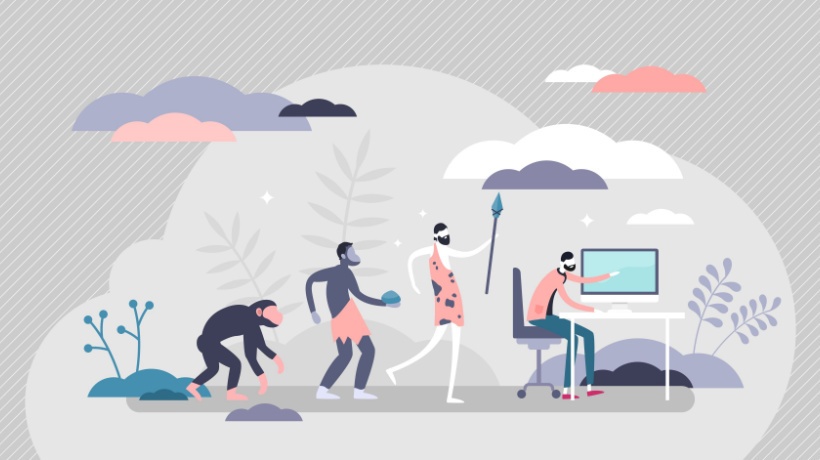
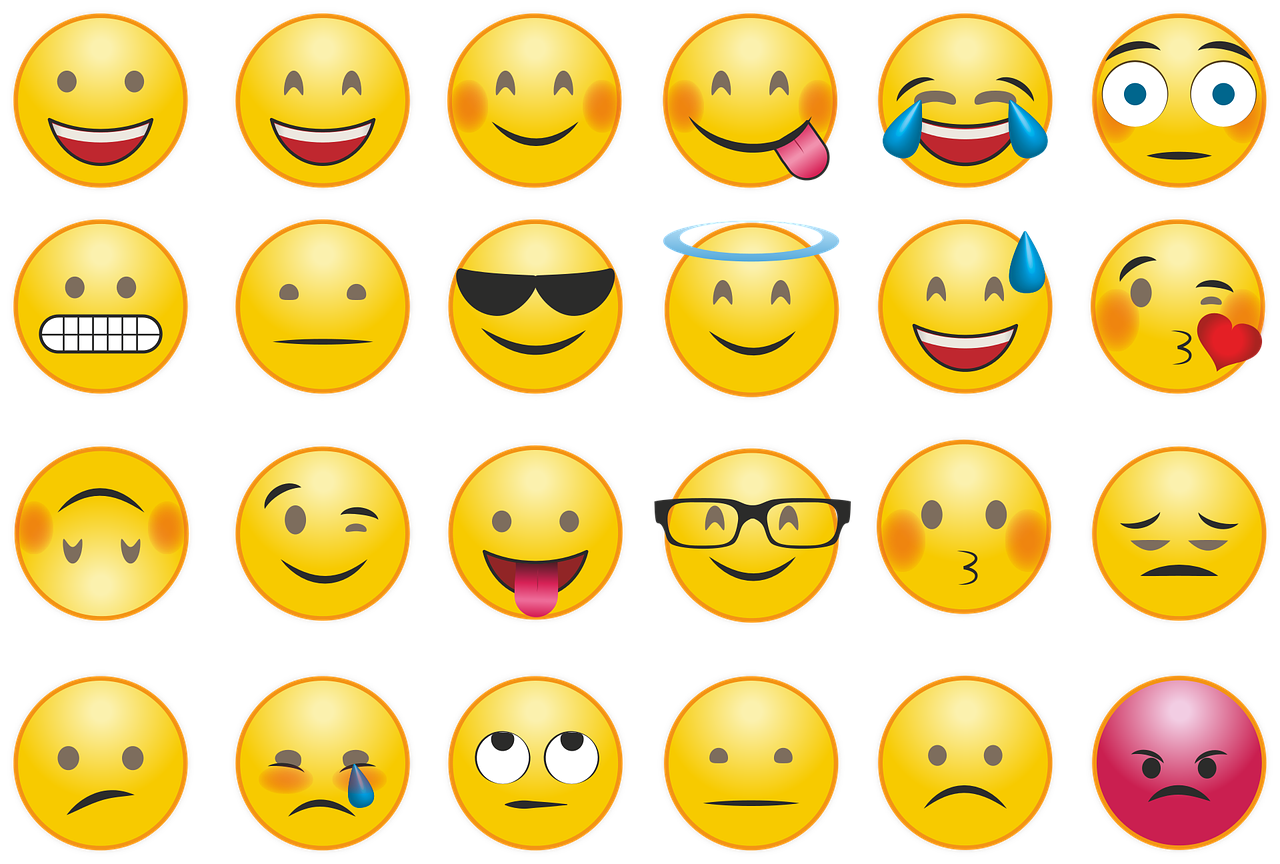
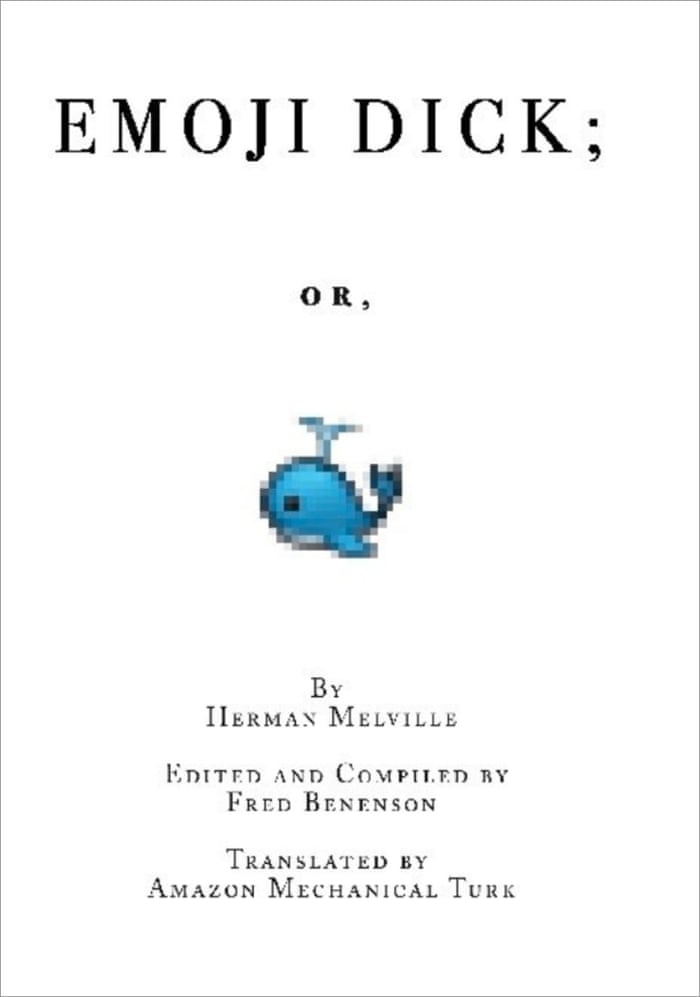
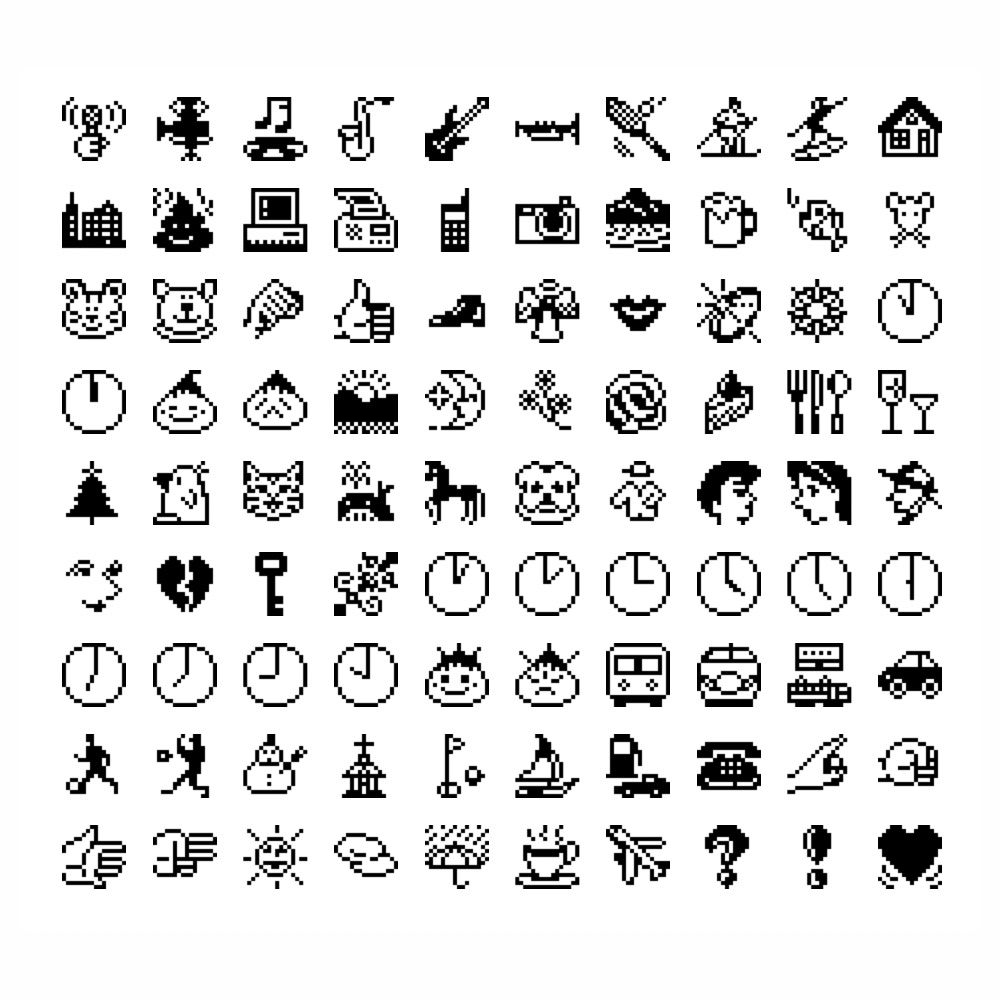


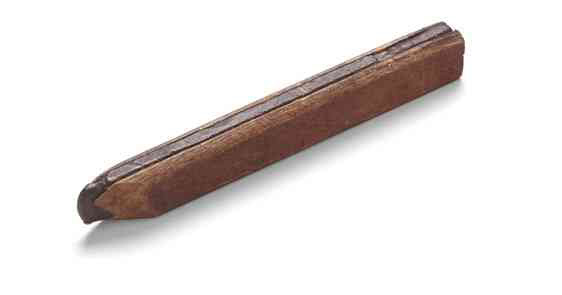


Comments
Post a Comment